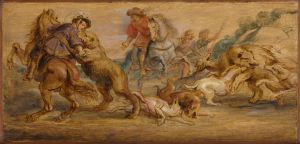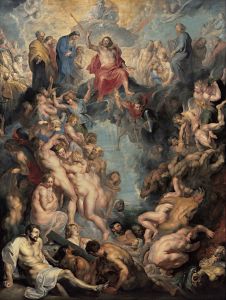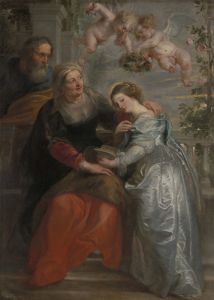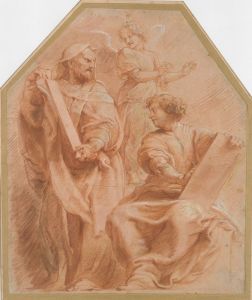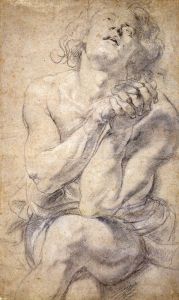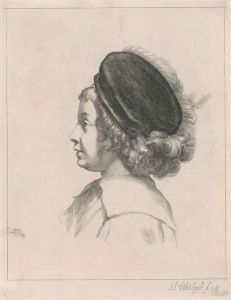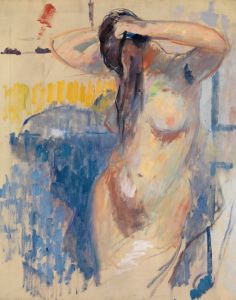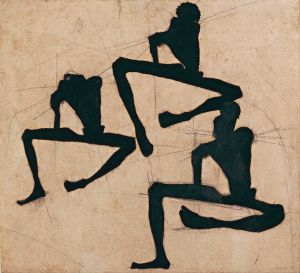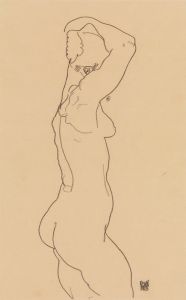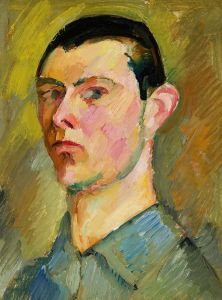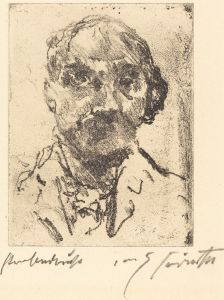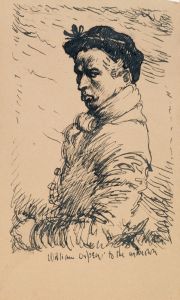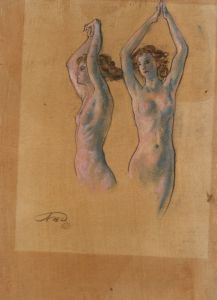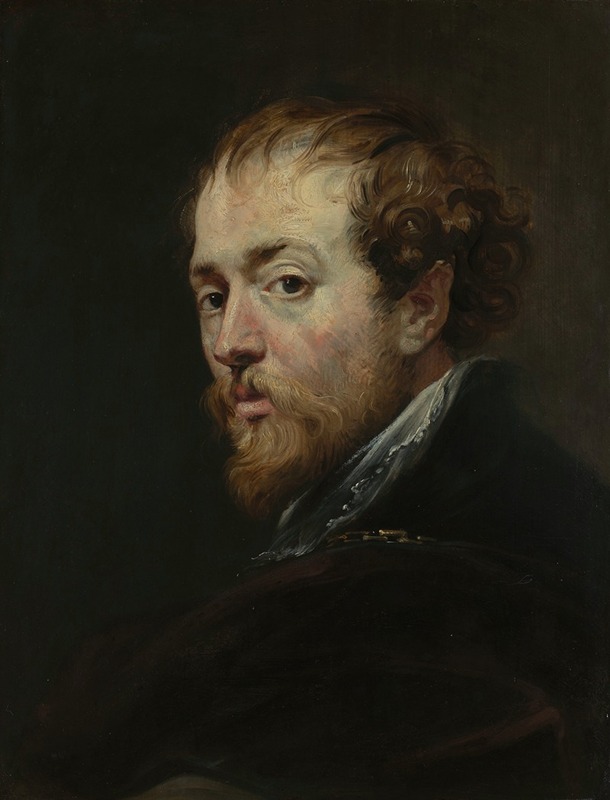
The Painter Peter Paul Rubens
A hand-painted replica of Peter Paul Rubens’s masterpiece The Painter Peter Paul Rubens, meticulously crafted by professional artists to capture the true essence of the original. Each piece is created with museum-quality canvas and rare mineral pigments, carefully painted by experienced artists with delicate brushstrokes and rich, layered colors to perfectly recreate the texture of the original artwork. Unlike machine-printed reproductions, this hand-painted version brings the painting to life, infused with the artist’s emotions and skill in every stroke. Whether for personal collection or home decoration, it instantly elevates the artistic atmosphere of any space.
Peter Paul Rubens, a prominent Flemish Baroque painter, is renowned for his dynamic compositions, vibrant color palette, and grandiose style. Among his extensive body of work, the self-portrait titled "The Painter Peter Paul Rubens" stands out as a significant piece, offering insight into the artist's self-perception and artistic identity.
This self-portrait, created around 1623-1625, is housed in the Kunsthistorisches Museum in Vienna. It is one of the few self-portraits Rubens painted, providing a rare glimpse into how he viewed himself amidst his prolific career. The painting depicts Rubens in a dignified and confident pose, dressed in elegant attire that reflects his status not only as an artist but also as a gentleman of high social standing. This portrayal aligns with Rubens' life, as he was not only a painter but also a diplomat and scholar, well-respected in the courts of Europe.
Rubens' self-portrait is characterized by its Baroque style, evident in the use of rich, warm colors and the play of light and shadow that adds depth and vitality to the image. The artist's face is illuminated, drawing attention to his thoughtful expression and the meticulous detail in his features. His attire, a black doublet with a lace collar, is rendered with a keen attention to texture and form, showcasing Rubens' mastery in depicting different materials.
The background of the painting is relatively simple, with a dark, neutral tone that serves to highlight the figure of Rubens. This compositional choice emphasizes the subject's presence and the importance of the individual, a common theme in Baroque portraiture. The simplicity of the background also allows viewers to focus on the artist's expression and attire, underscoring his self-assuredness and the esteem in which he held his profession.
Rubens' self-portrait not only serves as a personal statement but also reflects the broader cultural and artistic context of the time. During the Baroque period, artists often sought to elevate their status and assert their intellectual and creative prowess. By portraying himself in such a dignified manner, Rubens aligns himself with the humanist ideals of the Renaissance, which celebrated the artist as a learned and esteemed figure.
This painting is a testament to Rubens' skill and his understanding of the power of self-representation. It captures the essence of an artist who was deeply aware of his talents and his place within the artistic and social hierarchies of his time. Through this self-portrait, Rubens not only immortalizes his likeness but also communicates his identity as a leading figure in the art world of the 17th century.
In summary, "The Painter Peter Paul Rubens" is a significant work that encapsulates the artist's self-image and his role in the cultural landscape of his era. It remains an important piece for understanding Rubens' legacy and the enduring impact of his contributions to the art world.





